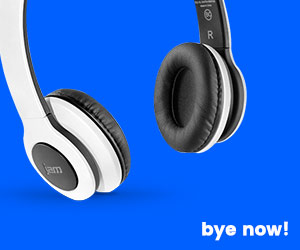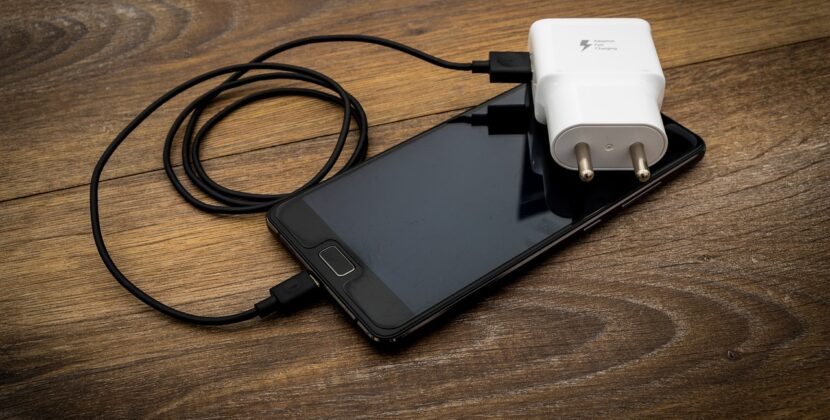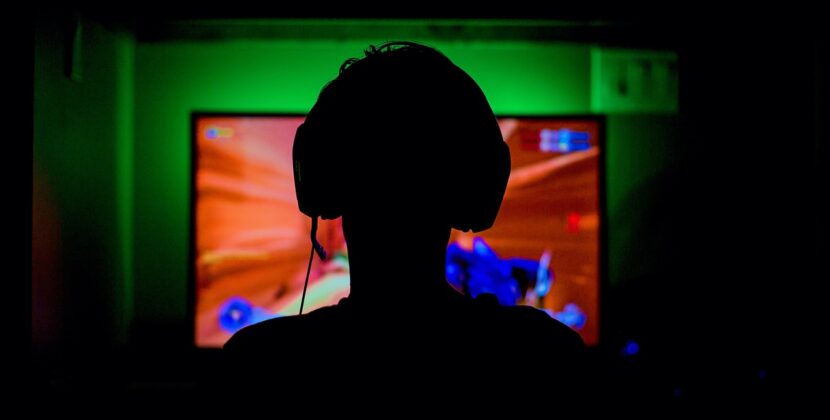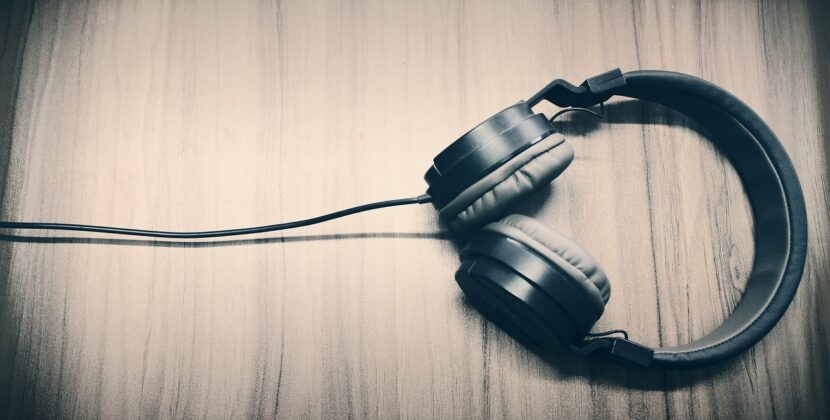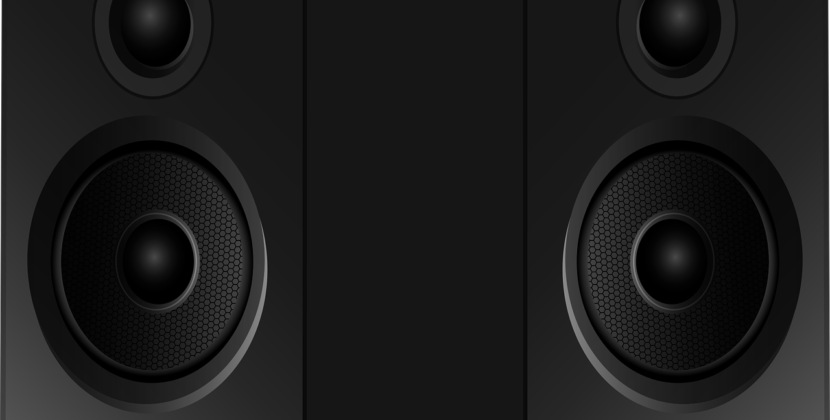Popular Posts
RK Royal KLUDGE S98 Keyboard (237)
- Info@businesstidehub.com
- January 9, 2025
Geek Vape B Series Coils (5-Pack) (164)
- Info@businesstidehub.com
- December 9, 2024

JBL Tune 510BT headphone (146)
- Info@businesstidehub.com
- December 17, 2024

Apple EarPods (94)
- Info@businesstidehub.com
- December 4, 2024

Wireless Power Bank (67)
- Info@businesstidehub.com
- January 24, 2025
Category: Tech
- Home
- Tech
Popular Post
RK Royal KLUDGE S98 Keyboard (237)
- Info@businesstidehub.com
- January 9, 2025
Geek Vape B Series Coils (5-Pack) (164)
- Info@businesstidehub.com
- December 9, 2024

JBL Tune 510BT headphone (146)
- Info@businesstidehub.com
- December 17, 2024

Apple EarPods (94)
- Info@businesstidehub.com
- December 4, 2024

Wireless Power Bank (67)
- Info@businesstidehub.com
- January 24, 2025
Newsletter
Weather
haze
27℃
38º - 27º
humidity: 46%
wind: 4 km/h
-
35℃Mon
-
34℃Tue
-
34℃Wed
-
34℃Thu
-
35℃Fri
-
35℃Sat
